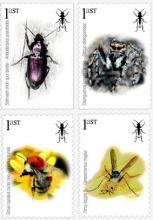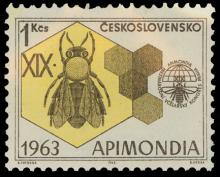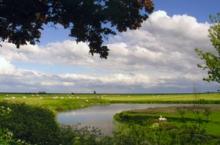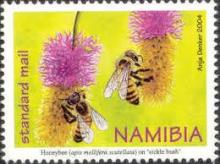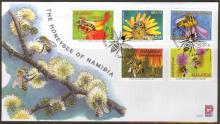
Expert explanations of honeybee losses in areas of extensive agriculture in France: Gaucho® compared with other supposed causal factors
L Maxim1 and J P van der Sluijs2
1 Institut des Sciences de la Communication, CNRS UPS 3088, 27 Rue Damesme, 75013 Paris, France
2 Copernicus Institute for Sustainable Development and Innovation, Department of Science, Technology and Society, Utrecht University, Heidelberglaan 2, 3584 CS Utrecht, The Netherlands
Les débats sur la causalité sont au cœur de controverses en ce qui concerne les transformations environnementales. Le présent papier présente une nouvelle méthode d’analyse des controverses sur les causalités dans un contexte de débat social et les résultats de ces tests empiriques. L’étude de cas est la controverse concernant le rôle joué par l’insecticide Gaucho ® comparé aux autres facteurs causaux supposés, dans les pertes substantielles des abeilles (Apis mellifera L.) rapportées, s’étant produites en France entre 1994 et 2004.
La méthode fait appel à des découvertes d’experts sur la force de preuve perçue concernant chaque critère de causalité de Bradford Hill’s en ce qui concerne le lien entre chacun des huit facteurs causaux possibles identifiés dans la tentative d’expliquer chacun des cinq effets observés sur les colonies d’abeilles. Ces jugements ont été obtenus à partir des parties prenantes et des experts impliqués dans le débat, i. e., les représentants de Bayer Cropscience, du Ministère de l’Agriculture, de l’AFSSA, des apiculteurs et des scientifiques du service public.
Nous montrons que la controverse intense observée dans des discours publics confus et passionnés est beaucoup moins saillante quand les arguments variés sont structurés en utilisant les critères causaux. La contradiction entre les différents point de vue d’experts ont une triple origine : (1) le manque de définitions partagés et de quantification des effets observés dans les colonies ; (2) le manque de connaissance spécifiques sur les abeilles ; et (3) des discours associés à une absence de confiance entre les représentants des parties prenantes ayant des intérêts divergents dans l’affaire.

